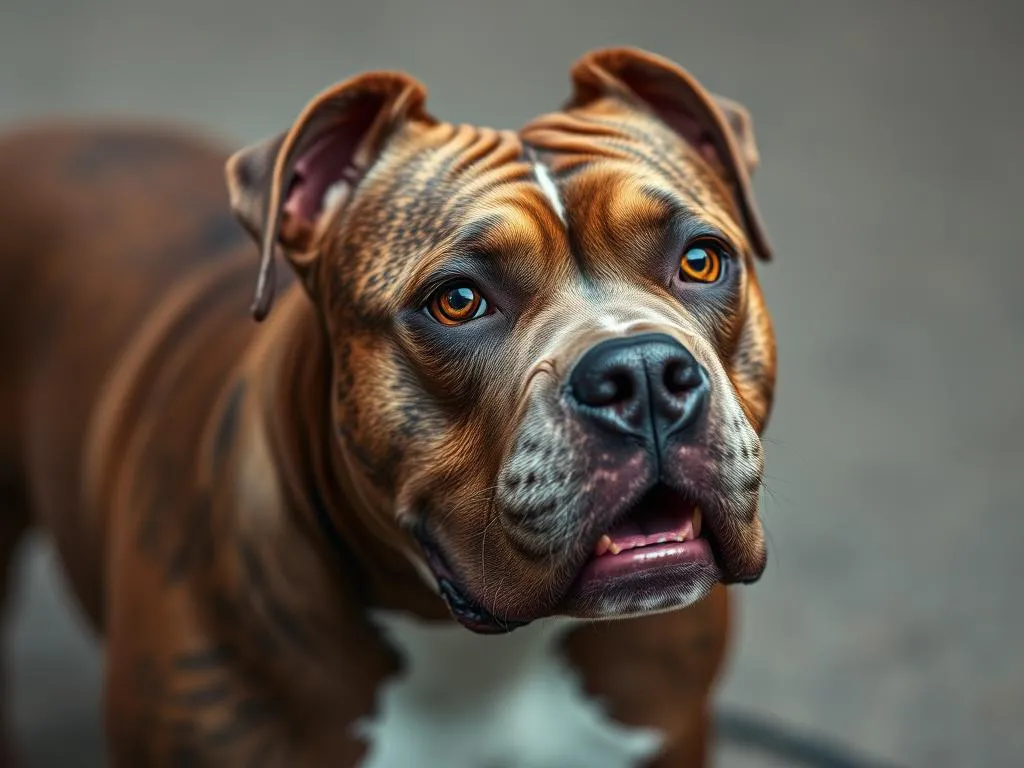
The world of dogs is diverse and rich, filled with various breeds, each with its own unique characteristics and histories. One of the most frequently discussed yet misunderstood groups in this world is that of Pitbulls. The term “Pitbull” often conjures up a range of emotions and opinions, leading many to wonder: is a Pitbull a breed? To answer this question, it’s crucial to delve into the nuances of breed classification, the history of these dogs, and the various types that exist within this category.
Understanding Dog Breeds
Before we can clarify whether a Pitbull is a breed, it’s essential to understand what a dog breed truly is. A dog breed is typically defined as a group of dogs with a common ancestor, sharing similar physical traits and behaviors. This classification plays a vital role in canine health, training, and behavior.
Breed standards, established by kennel clubs such as the American Kennel Club (AKC) and the United Kennel Club (UKC), outline the ideal characteristics of each breed, including size, coat type, and temperament. These standards help ensure that dogs are bred for specific traits, which can contribute to their overall well-being and suitability for various roles, such as companionship, working, or sporting.
What is a Pitbull?
The Term “Pitbull”
The term “Pitbull” is often used interchangeably with “breed,” but this is a misconception. Rather, Pitbull refers to a category of breeds that share certain characteristics. The use of “Pitbull” can be misleading, as it encompasses various breeds that possess similar traits, often leading to confusion.
When discussing whether a Pitbull is a breed, it’s vital to distinguish between “Pitbull” as a general term and Pitbull-type dogs. The latter refers to dogs that may not belong to a specific breed but share physical or behavioral traits commonly associated with Pitbulls.
Types of Pitbulls
Several breeds are categorized under the Pitbull umbrella. Here’s a brief overview of the main types:
-
American Pit Bull Terrier: Known for their strength, intelligence, and loyalty, this breed is the most recognized as a “Pitbull.” They are medium-sized dogs with a well-muscled build.
-
American Staffordshire Terrier: Often confused with the American Pit Bull Terrier, the Amstaff is stockier with a broader head. They are known for their affectionate nature and versatility.
-
Staffordshire Bull Terrier: Originating from England, this breed is smaller than the American variants but maintains a strong build. They are known for their friendly temperament and are often great with children.
-
American Bully: A newer breed created from the American Pit Bull Terrier and other breeds, the American Bully is recognized for its muscular stature and friendly demeanor.
Understanding these distinctions is crucial in addressing whether a Pitbull is a breed, as it highlights that while they share certain characteristics, they are not one single breed but rather a group of related breeds.
History of Pitbulls
Origins of the Breed
The history of Pitbulls is rich and complex, dating back to the early 19th century. Originally bred in England, these dogs were used for bull-baiting, a cruel sport where dogs would latch onto a tethered bull. After bull-baiting was outlawed, breeders began to develop Pitbull breeds for companionship and farm work, emphasizing traits like loyalty and intelligence.
Evolution and Diversification
As time progressed, various breeding practices shaped the physical and behavioral traits of Pitbulls. The introduction of different breeds and the focus on specific characteristics led to the diversification of the Pitbull group. Unfortunately, the perception of these dogs took a turn due to their association with fighting and aggressive behavior, largely influenced by media portrayal and sensationalism.
Legislation aimed at controlling dog breeds perceived as dangerous further affected the evolution of Pitbulls. These laws not only impacted the way these dogs were bred but also shaped public perception, often leading to misconceptions about their temperament and suitability as pets.
Characteristics of Pitbulls
Physical Traits
Pitbulls are known for their distinctive physical features. Generally, they possess a muscular build, broad heads, and strong jaws. Their coat is short, smooth, and comes in various colors and patterns. Here are some common physical traits by type:
-
American Pit Bull Terrier: Medium-sized, typically weighing between 30-85 pounds, with a well-defined muscle structure.
-
American Staffordshire Terrier: Similar in size to the American Pit Bull, with a broader skull and heavier build.
-
Staffordshire Bull Terrier: Smaller than the American variants, usually weighing between 24-38 pounds, with a compact frame.
-
American Bully: Known for its extreme muscular build, it can range significantly in size depending on its lineage.
Temperament and Behavior
The temperament of Pitbulls is often mischaracterized. Generally, they are known for their loyalty, intelligence, and high energy levels. While they can be strong-willed, proper training and socialization can help them become well-mannered companions. Here are some key temperament traits:
-
Loyalty: Pitbulls are known to be fiercely loyal to their families, often forming strong bonds.
-
Intelligence: They are highly trainable and excel in obedience training, agility, and even therapy work.
-
Energy Levels: As active dogs, Pitbulls require regular exercise and mental stimulation to thrive.
Understanding these characteristics is crucial for anyone considering Pitbull ownership, as it highlights the importance of responsible training and socialization.
Health Considerations
Common Health Issues
Like all breeds, Pitbulls are prone to certain health issues. Some common concerns include:
-
Hip Dysplasia: A genetic condition that affects the hip joint, leading to arthritis and pain.
-
Skin Allergies: Many Pitbulls suffer from allergies that can lead to skin irritations.
-
Heart Disease: Certain heart conditions can be prevalent in the breed, making regular veterinary check-ups essential.
Preventative measures, such as a balanced diet, regular exercise, and routine vet visits, can help mitigate these issues.
Lifespan and Well-being
The average lifespan of Pitbulls ranges from 12 to 16 years, depending on their health and care. Maintaining a healthy lifestyle, including regular vet check-ups, vaccinations, and a proper diet, is crucial for the longevity and well-being of these dogs.
Pitbulls as Pets
Family Dynamics
Pitbulls can make excellent family pets when properly trained and socialized. They are known for their affectionate nature and are often good with children. However, families must consider their energy levels and require ample exercise and mental engagement to prevent behavioral issues.
Training and Socialization
Early training and socialization are paramount for Pitbulls. These dogs thrive on structure and positive reinforcement. Recommended training techniques include:
-
Obedience Training: Basic commands such as sit, stay, and come are essential.
-
Socialization: Introducing them to various environments, people, and other animals helps them develop into well-adjusted adults.
-
Positive Reinforcement: Reward-based training methods work best, fostering a strong bond between the dog and owner.
Legal and Social Issues Surrounding Pitbulls
Breed-Specific Legislation
In many areas, Pitbulls are subject to breed-specific legislation (BSL), which can restrict or ban ownership altogether. These laws are often enacted in response to concerns about aggressive behavior, but research shows that behavior is more influenced by the owner than the breed itself.
BSL can have significant consequences, often leading to the unnecessary euthanasia of Pitbulls in shelters and a decrease in responsible ownership.
Misconceptions and Stereotypes
Many myths surround Pitbulls, such as the belief that they are inherently aggressive. These misconceptions stem from a combination of media portrayals and a misunderstanding of dog behavior. Education is vital in challenging these stereotypes.
Responsible ownership, including proper training, socialization, and advocating for the breed, can help shift public perception and highlight the positive traits of Pitbulls as loving companions.
Conclusion
In conclusion, while Pitbulls are often referred to as a breed, they are actually a category encompassing several breeds with shared characteristics. Understanding their history, traits, and the misconceptions surrounding them is essential for anyone considering a Pitbull as a pet. With proper training, socialization, and responsible ownership, Pitbulls can thrive as loving family members and loyal companions. Advocating for these dogs and challenging negative perceptions is crucial in ensuring they are seen for the wonderful pets they can be.









